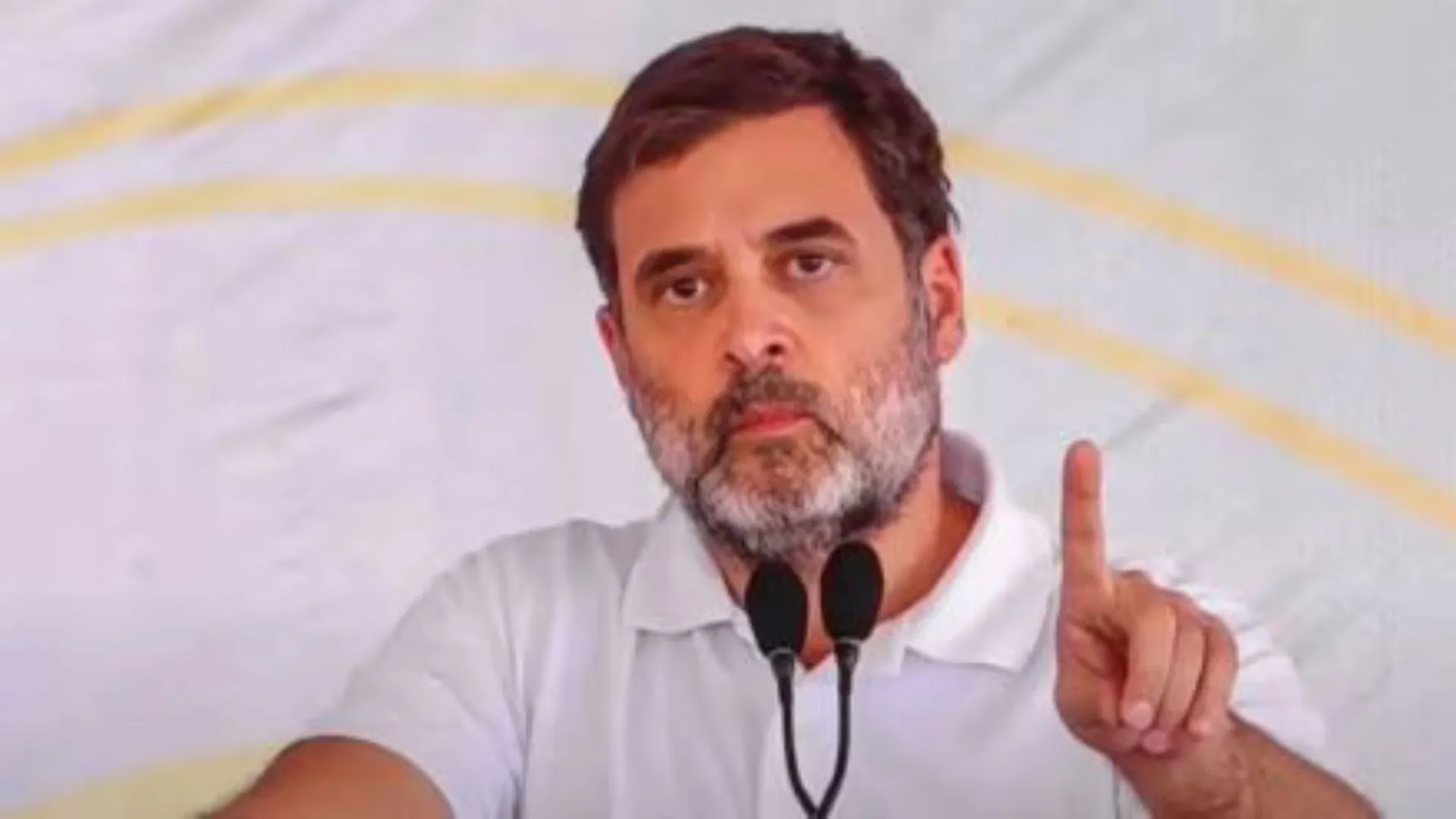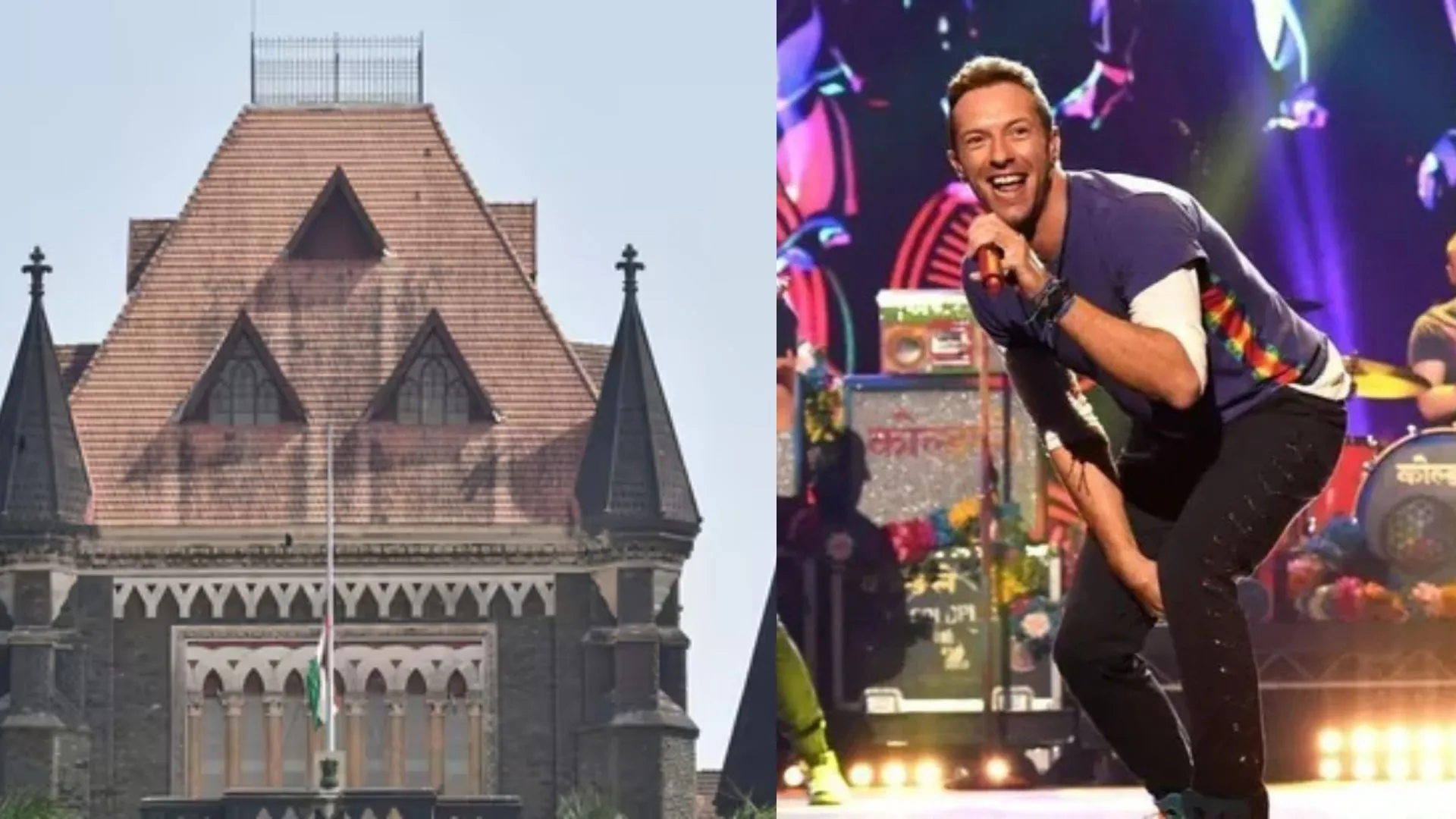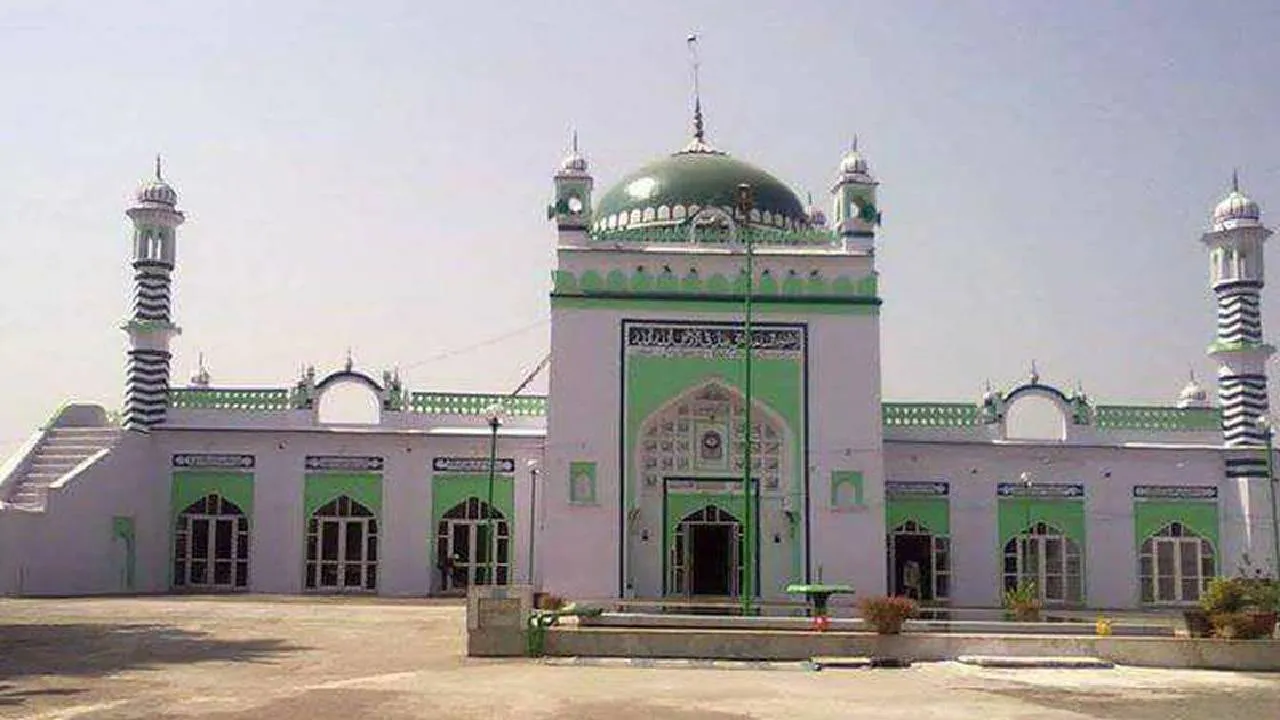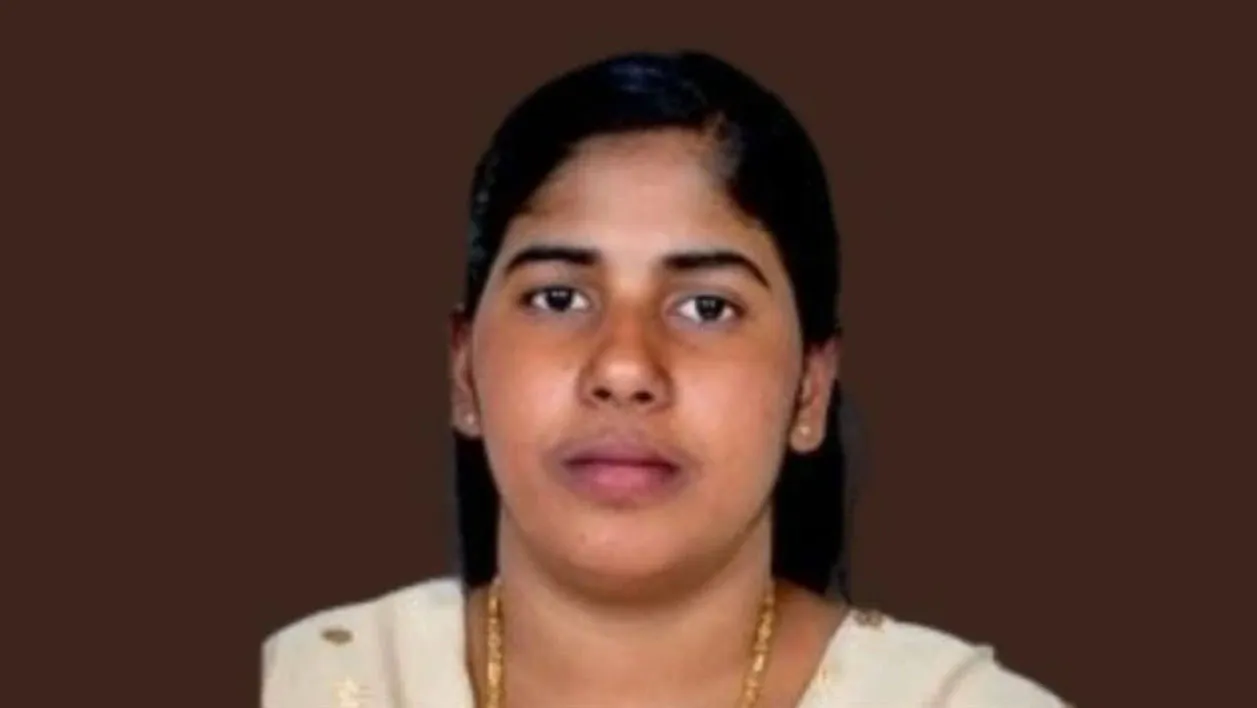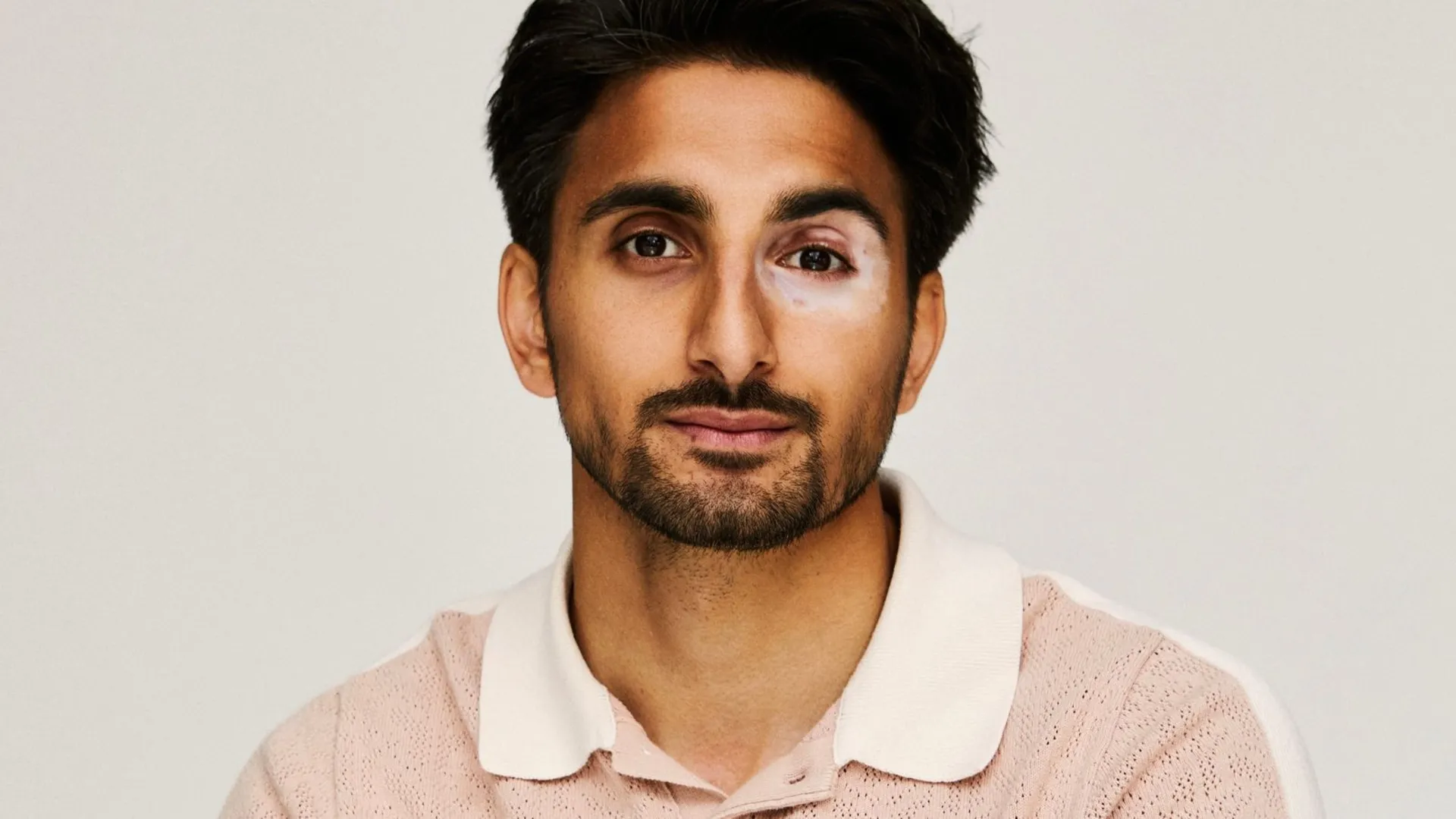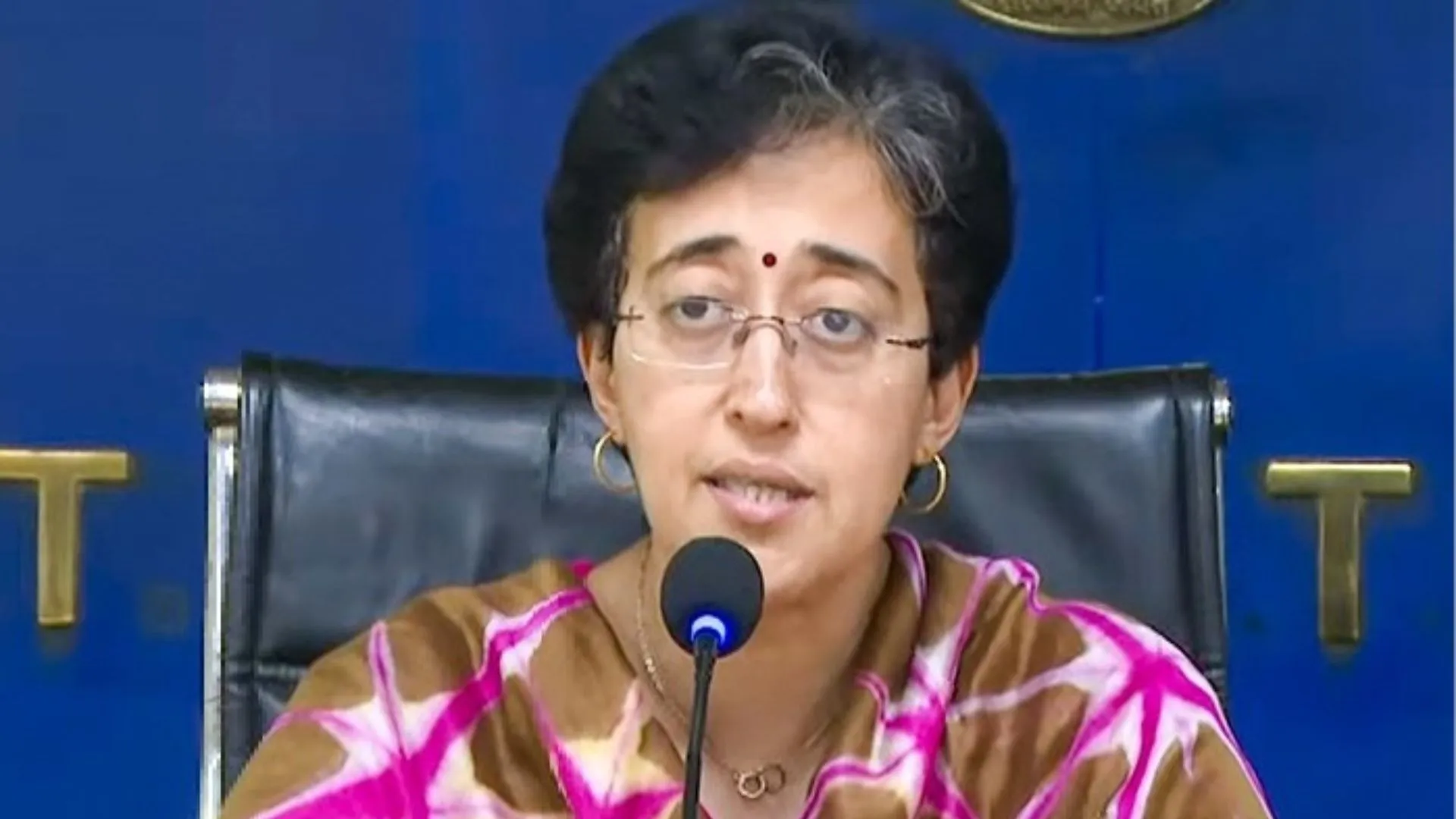Violence and gender disparities have always been deeply ingrained in Indian society. India’s progress towards gender equality, measured by its rank on the Gender Development Index have always been deplorable, despite fairly rapid rates of economic growth. In the year 2020, when the entire world faced the wrath of COVID-19 which completely shook the human civilization. The pandemic not only disrupted the lives and economy of the nation but also acted as a catalyst by increasing the rate of violence in India. This sudden explosion of violence has become so prominent and alarming that it has even earned an epithet, “the shadow pandemic”.
The annual report of National Crime Records Bureau (NCRB)revealed the crime stats which showed how daunting the situation is as “The report, released claims that a case of rape is registered with the state police every two hours while crime against a child is reported every 90 minutes in Uttar Pradesh”. Not only Uttar Pradesh but other states are also fighting the similar battles as the crime rates surges 14% in India.
The constitution affirms that equality before the law and the equal protection of laws shall be offered too all. Similarly, there shall be no distinction towards any citizen on the account of sex and if required the state can make special legal provision for women and children. There are articles in our constitution which provide right to an adequate means of livelihood and equal pay for both men and women still Gender based violence prevails which casts doubt that even with such a strong system of rules and regulations what is still causing gender-based violence to strengthen its roots in India.
Gender Based Violence can be defined as violence directed against someone on the basis of their sex. This violence ismost commonly enacted by men against women and other helpless victims however men also can be the victims of gender-based violence. There are many forms of Gender based violence but among which Intimate Partner Violence is the most common type of violence against women in all societies.
IS MEDIA POWERING GENDER-BASED VIOLENCE?
Since the late 18th century Indian media has been active in India. Since then, there have been many laws and amendments made to regulate the performance of media as itcauses an enormous impact on the audience. Media has become a tool for altering public perceptions. The biopic ofhonorable prime minister Narendra Modi did not get released ahead of the 2019 Lok Sabha election as there were many speculations relating to the film and how it can interrupt the voting process. If movies have the potential to exert such influence on people, its opinion on topics like female empowerment and female representation is likely to have an effect on people too.
The number of digital TV households in India has grown from124.71 million in 2016 to 191.65 million in 2021 with 624.0 million internet users in India in January 2021. These stats clearly show how televisions and Technological Convergenceare widely accessible by the masses along with that media isoften recognized as the “fourth pillar”, together with the legislative, executive and judicial pillar of government all these aspects clearly state that having some restrictions on the content displayed becomes obligatory. It has been long debated that women characters in movies are supplementary to their male counterparts and their lives are showed to orbit around men. While women-centric movies and strong female leads with a mind of their own have made it to the screen but cinemas like these are seldomly seen compared to the male centric ones. One of the test introduced by an American Cartoonist Alison Bechdel known as the Bechdel-Wallace test which acts as a litmus test for women representation in movies and has shown many negative results when tested here. The movies that were considered to be blockbusters of their respective years failed terribly in this test which shows how the film industry showcases minimal female representation in their movies and is also widely accepted by the audience as these movies make a huge cut compared to others.
“Pyar se de rahe hai, rakh lo, varna thappad maarke bhi de sakte hai.” – Dabangg, 2010. The dialogue of the decade which can be heard almost everywhere in any award show with the audience reacting to it with titters is something more bewildering. From the 20th Century to 21st, the sexism in Cinema writing has always been present
This how spine-chilling the situation is as not only this but many more movies include these types of dialogues and confab and some of them are the great hits from their time with a high number of gross revenue collection which clearly depicts lakhs of people spending their money and time to watch these movies with absurd dialogues. It’s a high-end time that representation of such words should be curtailed. It is inexcusable how these obnoxious and appalling scenes and dialogues manage to make it past the censor board. Indian cinema, since its beginning has normalised abuse, objectification of women through derogatory songs and fat shaming and continues to do so.
In a country where crimes and violence against women are at an all-time high, our films and television shows continue to preach that stalking or ill-treating a woman is okay and that consent is a myth. Still there are some rural areas in India where the practice of branding women as a witch still exists.On the other hand, people, particularly women, are accused of witchcraft and condemned, occasionally killed therefore movies and television shows who lay an overemphasis on the details of depicting women as witches only adds fuel to this issue as superstitions are usually attributed to lack of education. Furthermore, sexual violence is often treated with a pinch of humour and entertainment this how spine-chilling the situation is as the dialogues aforementioned are taken from some of the great hits from their time with a high number of gross revenue collection which clearly depicts lakhs of people spending their money and time to watch these movies with absurd dialogues. It’s a high-end time that representation of such words should be curtailed.
Imagine how perplexing it is for survivors to see traumatic experiences similar to their own as a punchline for a joke. Shows like ‘Crime Patrol’ & ‘Savdhaan India’ Make a Mockery of Sexual Violence. Shows like these have made anopulence out of turning these violence into entertainmentunder the garb of ‘awareness’ or ‘gender sensitisation’
The Indian filmmaking culture somehow still appears muddled towards establishing a universal view about projecting homosexual characters numerous of articles online discuss how times have changed and list down films that have a supposed good representation of individuals belonging to the LGBT community. But upon analysis them, one realisesthat not only have they got zero understanding of the depiction but the films are all having LGBT characters portrayed in negative, villain like roles. Anjali Gopalan, founder of the Naz Foundation and a petitioner against article 377 pointed towards a film. In an interview where she expresses how we do not see even the smallest bit of fair movies about homosexuals, based on a lesbian relationship reason being the ultimate frustration within the dominant-gender system after finding out that suddenly women do not need men. Even though article 377 is decriminalize India still has a long way to go and, filmmakers hold utmostresponsibility in being empathetic and rational while attempting to make films on the said theme a responsibledepiction is needed as portrayal of the gender-based violence in the various media causes violence in society.
FEMINEITY IDEALIZED AS DOMESTICITY
Movies and television series illustrates life from others point of view there is no self-reflection to it, usually people try to incorporate these reflections in their lives and try to perceive the society in that similar way. In the book of Betty Friedman “feminine mystique” where she argues how femineity has been associated with the concepts of maternity and housekeeping, content like these still circulate through media. Films and advertisements are publicized stereotyping women there are always shown playing two roles, upright or wicked.These polar opposites are often juxtaposed against each other to create sensationalizing effects to attract audiences. There are many movies whose story lines are believed to be female centric but they depict women not as a pivotal character of the story but a character adding to the male dominance of the society this clearly shows how the concept of feminisms is blurred. There is a dearth in media representing the real conditions of women and the inequality thriving in today’s patriarchal society. Women are shown to dress a certain way, look a certain way and behave in utmost womanlike way. Irrelevant beauty standards are offered through various advertisement These ideas create a certain image in the societies mind that led to strict gender roles. Social evils like Child marriage, Dowry system and domestic violence still triumphs in India therefore shows whose story line depicts around these social practices should be debarred as stated by the supreme court in the K. A. Abbas V. The Union of India & Anr “its effect particularly on children and adolescents is very great since their immaturity makes them more willingly suspend their disbelief than mature men and women. They also remember the action in the picture and try to emulate or/ imitate what they have seen.” The Constitution of India grants the freedom of speech through article 19(1)(a) to Press and Media as their natural right, it subjects to restriction and limitations as imposed by 19(2) which should be followed as unrestricted depictions of such storylines and violence will only create more problem in these existing social evils.
DETRIMENTAL MASCULINITY
Boys live under intensified pressure to display gender-appropriate behaviors according to the ideal male code set up in the society here also media plays a huge role as they depict men as tough and serious some advertisements and movies which shows that if a man uses certain products or dress in particular way or expresses gloomy emotions will make him less of a man as compared to others. Indian cinemas have represented men as the epitome of success, shown as having all desirable qualities-economically well off and socially successful all these romanticized depictions create an inflexible image of male hood. Domestic violence against men in India is not recognized by the law. The general perception of the society is that men cannot be on the receiving end of violence.
“In India A Woman Is Always Innocent Until Proven Guilty and A Man is Always Guilty Until Proven Innocent” This sentence was clearly depicted in the movie Section 375 which throws light on how men too faces false accusations the movie was appreciated for its theme and plot but at the same time raised several question upon the judicial system in providing justice As this movie depicts the scoffing of the law system that how the judgement to the case was hastily made by the court in the presence of public rage and media trials. Movies like these sets a bad example in the society of how the rights of men can’t be protected and even if he is innocent, he shall face the music.
Media being insensitive towards the victims has always been an issue media has always covered most of the cases of violence with and utmost disgrace and brutalize manner the names are often reveal of the survivor which is not only unethical but also illegal under Section 228A. The media seem to forget there could be people in their audience who might have experienced such exploitation and the imagery could lead to them relieving the trauma.
CONCLUSION AND SUGGESTIONS
Movies and serials are a reflection of society and affect the masses a lot. Ordinary people, continue to get influenced by movies and television, in return, they get influenced by us. It’s a closed-loop inside in which we have been stuck. Which makes it more important for the scriptwriter to provide the audience with such content that in any way don’t showcase any harm or pinpoints any gender, caste, race as this type of content may constraint individual and society as whole. Media has dual role to reinforce unequal as well as circulate new ideas.
Broadcasters may consider displaying a prominent videomessage before the beginning of any movie or television series that in include the same as “gender-based violence is punishable by law” and should explain the laws and punishes pertaining to it. While reporting GBV, media must avoid mentioning identifying details of the victim as these details in the report may contribute to victim shaming besides providing clues to wrongdoers.


